The passing of Queen Elizabeth II marked the end of an era and ushered in a period of significant changes. Her reign, which spanned over seven decades, left an indelible mark on the United Kingdom and the world. In the aftermath of her passing, various aspects of life, culture, and politics have undergone noticeable shifts. From changes in royal protocols to shifts in public sentiment, these differences are shaping a new chapter in history. Here, we explore twelve distinct changes that have emerged since the Queen’s departure, each reflecting the evolving landscape of a post-Elizabethan world.
King Charles III’s Ascension
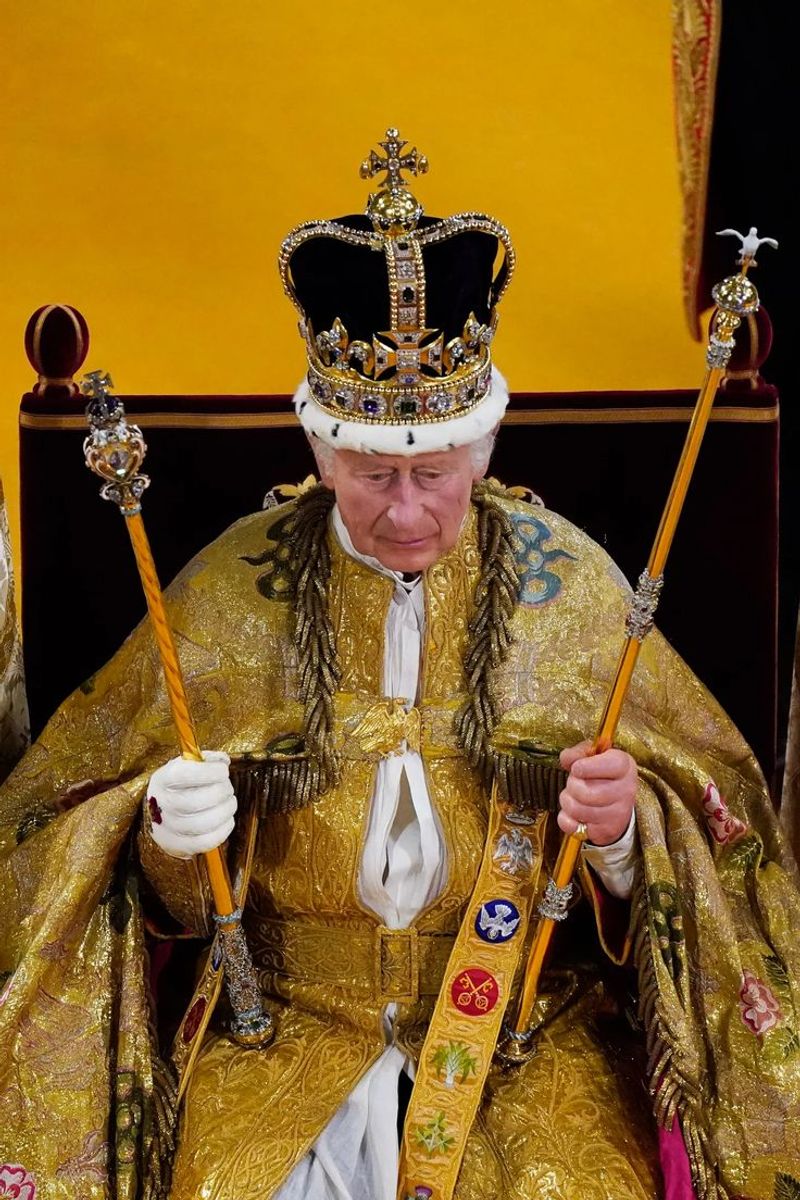
With the age-old crown placed upon his head, King Charles III began his reign, marking a new chapter for the British monarchy. The transition from Prince Charles to King has introduced changes in royal duties and priorities. Unlike his mother, Charles is expected to focus more on environmental issues, reflecting his long-standing commitment to sustainability. Public reactions have been mixed, as some embrace his modern approach, while others feel nostalgic for the stability Queen Elizabeth provided. As the monarchy adapts, Charles’s leadership style and vision shape this new era, promising both continuity and change. Did you know? Charles is the oldest monarch to ascend the British throne.
Changes in Commonwealth Relations
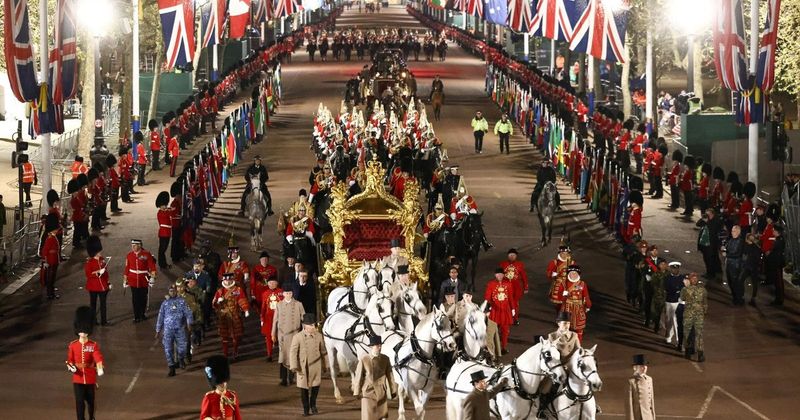
The Commonwealth, a symbol of unity under Queen Elizabeth, now faces evolving dynamics. Since her passing, some member nations are re-evaluating their ties to the British monarchy. Countries like Australia and Jamaica have sparked discussions about becoming republics, seeking independence from the crown. These shifts highlight a growing desire for self-determination among Commonwealth countries. While some nations remain steadfast in their loyalty, others are contemplating a future without monarchical ties. This period of reflection is reshaping the Commonwealth’s role in global politics and diplomacy. Fun fact: The Commonwealth comprises 56 countries, spanning Africa, Asia, the Americas, Europe, and the Pacific.
Shift in British Public Sentiment
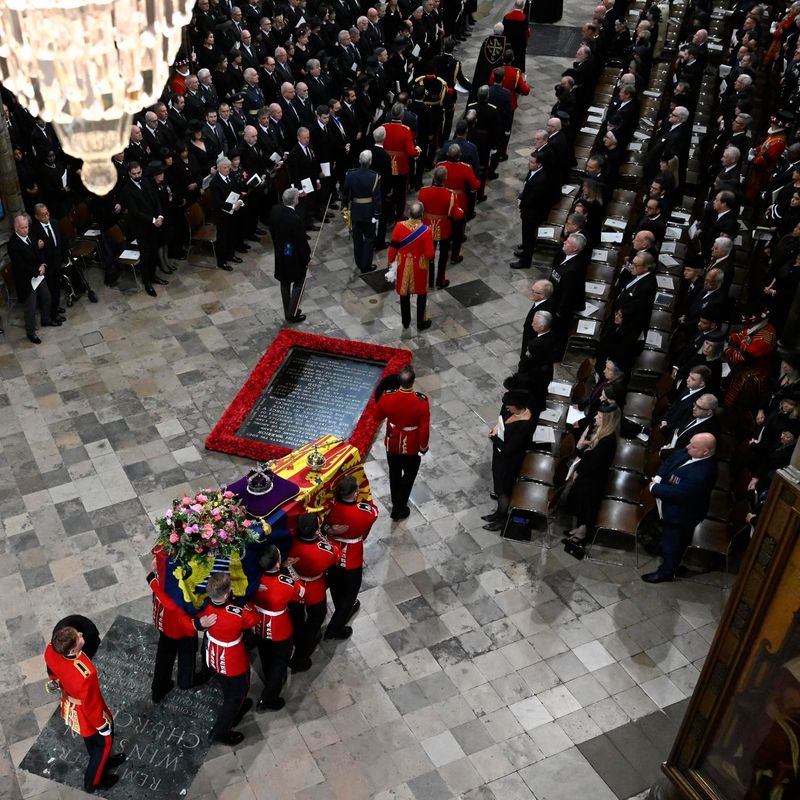
In the wake of Queen Elizabeth’s passing, the British public is experiencing a change in sentiment towards the monarchy. While many people mourn the loss of a beloved figurehead, others are questioning the relevance of the monarchy in modern society. This shift is evident in public discussions and media portrayals, where debates about the monarchy’s future have become more prominent. Younger generations, in particular, are voicing their opinions on the monarchy’s role in contemporary Britain. These discussions reflect a broader conversation about national identity and tradition, highlighting generational differences in perspectives. Did you know? Support for the monarchy is highest among older generations.
Royal Protocol Adjustments
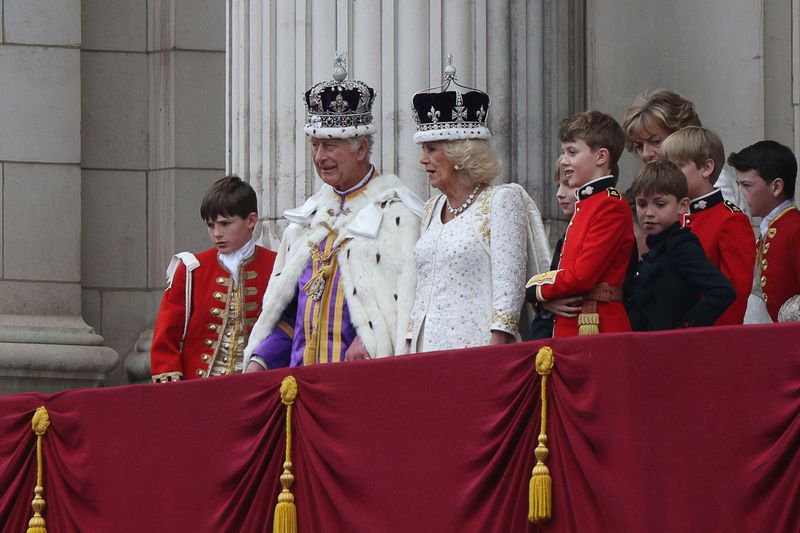
The monarchy’s protocols have undergone subtle adjustments since Queen Elizabeth’s era. King Charles III has introduced more informal interactions with the public, breaking away from traditional royal appearances. This change aims to modernize the monarchy and make it more relatable to the public. The royal family is now seen more frequently in relaxed settings, engaging with citizens in a personable manner. These adjustments aim to bridge the gap between the monarchy and the public, fostering a sense of inclusivity. While some welcome this approach, others are skeptical about its long-term impact. Interestingly, royal protocols have evolved significantly over the centuries.
Cultural Shifts in Britain
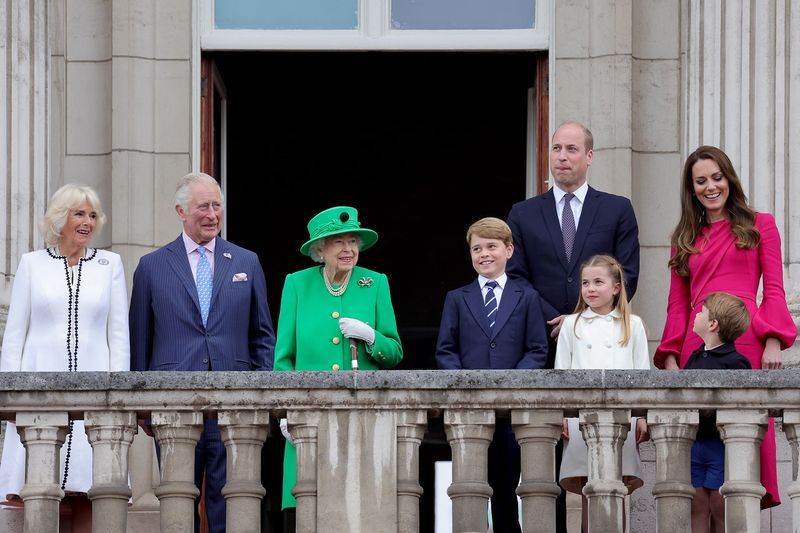
Since Queen Elizabeth’s passing, cultural shifts in Britain have become increasingly noticeable. The Queen was a symbol of continuity, and her absence has led to a reevaluation of British traditions. New cultural movements are emerging, reflecting a diverse and evolving society. Artists, musicians, and writers are exploring themes of identity and change, inspired by this transitional period. Festivals and public events are celebrating multiculturalism more than ever, showcasing the rich tapestry of modern British life. These cultural shifts are redefining what it means to be British in the 21st century. Fun fact: The Notting Hill Carnival is one of the largest street festivals in Europe.
Changes in Royal Charitable Work
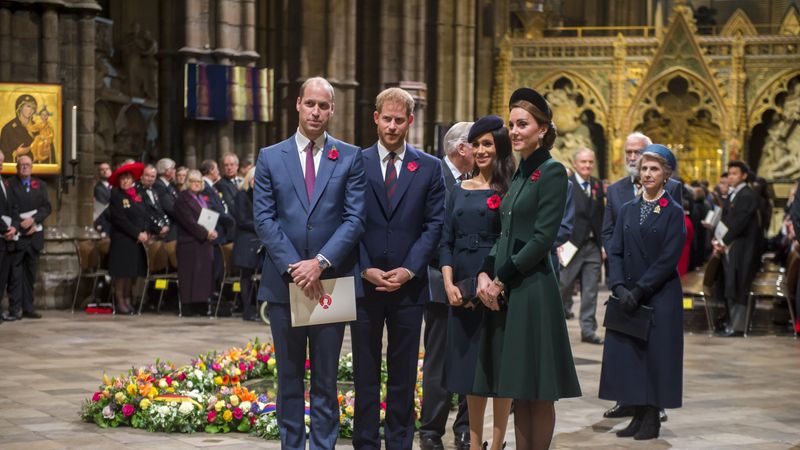
The royal family’s approach to charitable work has seen changes since Queen Elizabeth’s passing. With King Charles III’s influence, there is a renewed focus on environmental causes and sustainability. The royal family is now more involved in grassroots initiatives, supporting local communities in innovative ways. This shift reflects a broader commitment to addressing contemporary social and environmental challenges. Charitable engagements have become more hands-on, with royal members actively participating in community events. This approach aims to inspire others to contribute to positive change. Did you know? The Prince’s Trust, founded by King Charles, has helped over 900,000 young people since its inception.
Economic Implications for the UK
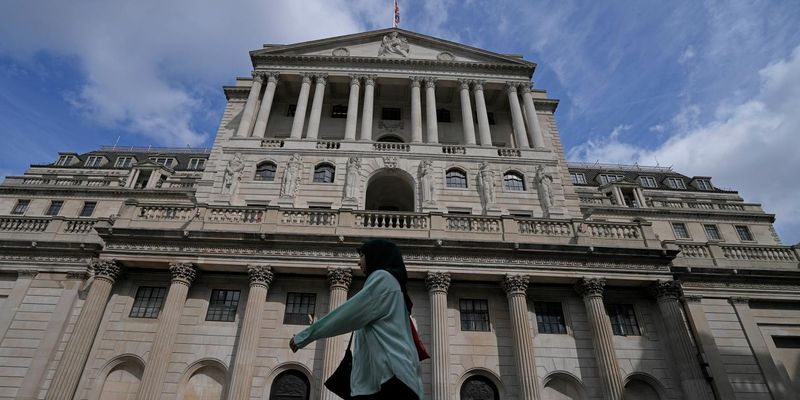
The UK’s economy has experienced various implications following Queen Elizabeth’s passing. While the monarchy itself is not directly linked to economic policies, public sentiment surrounding the royal family can influence market perceptions. The transition has sparked discussions about the monarchy’s financial transparency and its impact on tourism. The royal family’s role in attracting visitors remains significant, yet questions about the cost of the monarchy persist. These discussions coincide with broader economic challenges facing the UK, such as inflation and trade issues. As the nation navigates these complexities, the monarchy’s economic influence continues to be a topic of interest. Fun fact: The monarchy’s annual contribution to the UK economy is estimated at over £1 billion.
Media Representation of the Monarchy

The media’s portrayal of the monarchy has shifted since Queen Elizabeth’s passing. The Queen’s long reign was marked by respectful coverage, but recent media narratives are more varied. Stories about the royal family now include diverse perspectives, reflecting changing public sentiment. The rise of digital media has amplified these diverse voices, leading to more dynamic discussions. This shift is evident in both traditional and social media, where the monarchy’s role and relevance are frequently debated. As media representation continues to evolve, the monarchy’s image is being reshaped in the public eye. Did you know? The British royal family is one of the most covered topics in global media.
Tourism Trends in the UK
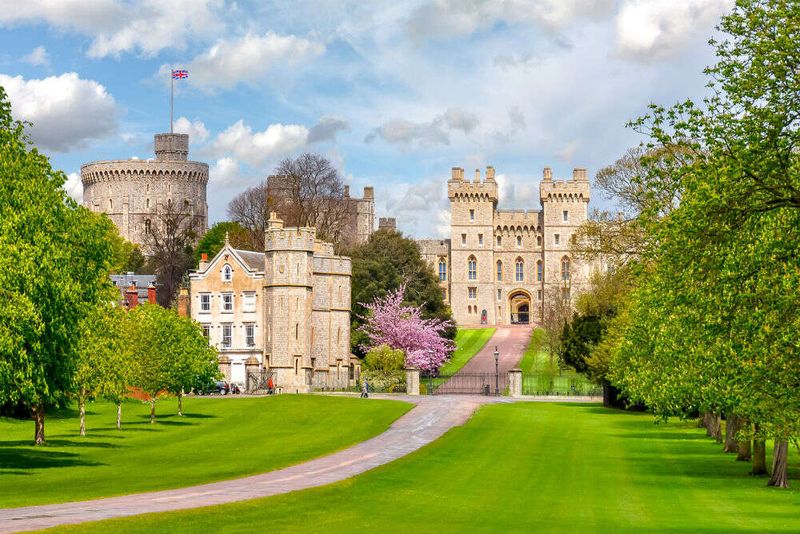
Tourism trends in the UK are experiencing shifts following Queen Elizabeth’s passing. The late Queen was a major draw for visitors, and her absence has prompted changes in tourism dynamics. While royal landmarks like Buckingham Palace remain popular, there is a growing interest in exploring other historical sites. Tour operators are adapting by offering diverse experiences that highlight Britain’s rich history beyond the monarchy. This shift reflects a broader interest in understanding the UK’s cultural heritage. As tourism evolves, the industry is finding new ways to attract visitors while honoring the Queen’s legacy. Fun fact: Buckingham Palace receives over 500,000 visitors annually.
International Diplomatic Relations
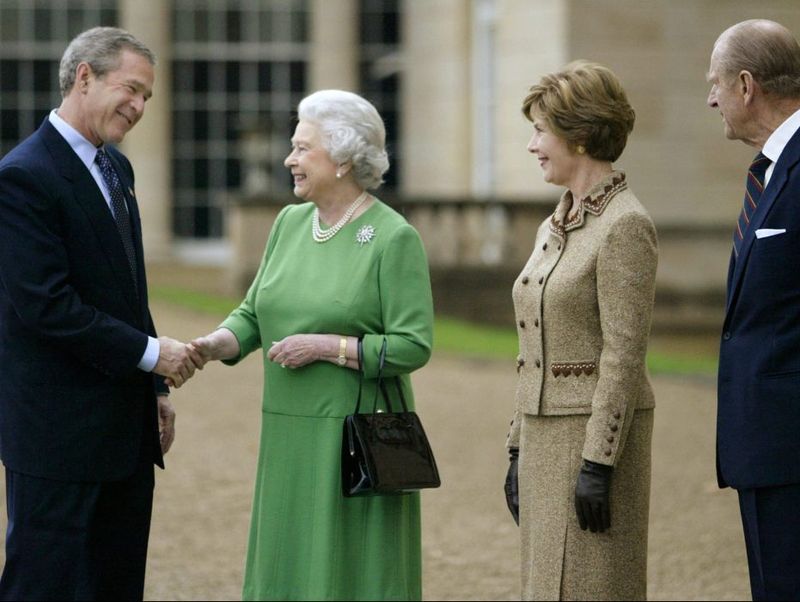
International diplomatic relations have seen nuances since Queen Elizabeth’s passing. Her reign was characterized by stability and continuity, and her absence requires new diplomatic approaches. King Charles III is expected to maintain strong ties with traditional allies while fostering new relationships. This period of transition presents both challenges and opportunities in the realm of diplomacy. The UK’s role on the global stage is being redefined as it navigates post-Brexit dynamics. Diplomatic engagements are focusing on collaboration and mutual understanding, reflecting the need for adaptability in a changing world. Did you know? Queen Elizabeth met with over 100 world leaders during her reign.
Public Perception of Royal Traditions
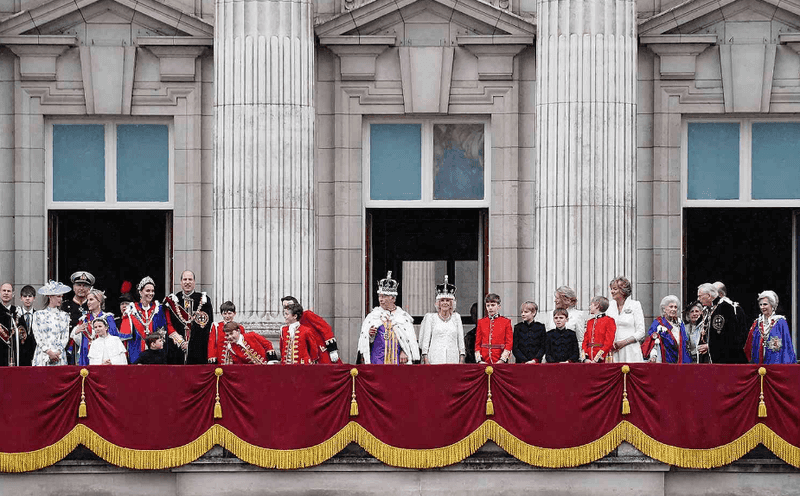
Public perception of royal traditions is evolving since Queen Elizabeth’s passing. While some traditions are cherished, others are being reexamined in light of contemporary values. The younger generation, in particular, is questioning the relevance of certain ceremonial practices. This shift in perception is sparking discussions about modernizing the monarchy to better align with societal norms. Debates about royal traditions are becoming more prevalent in public forums and media. As these conversations unfold, the balance between tradition and progress becomes a focal point. Interestingly, royal traditions have been a part of British culture for over a millennium, evolving with each era.
Impact on British Fashion and Style
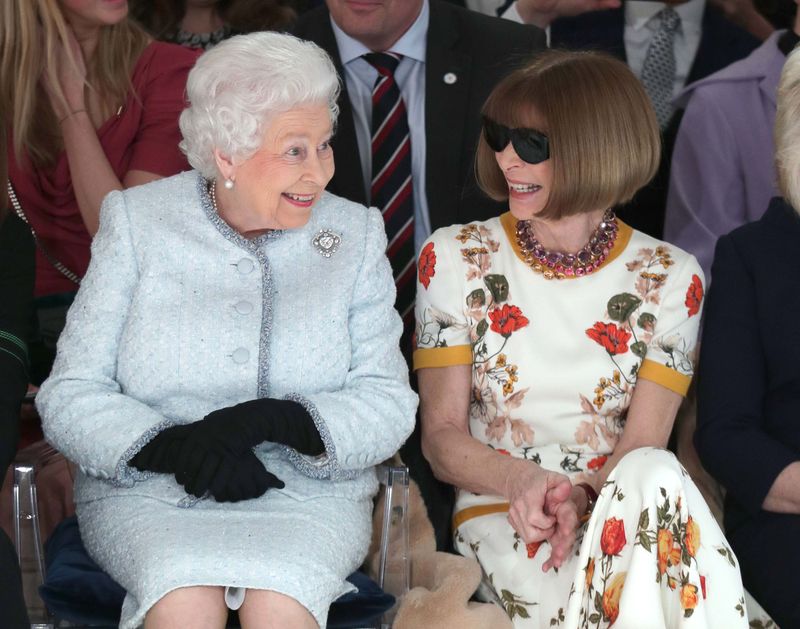
British fashion and style are experiencing a transformation since Queen Elizabeth’s passing. The Queen’s classic style influenced many, but her absence is paving the way for new trends. Designers are now exploring contemporary interpretations of traditional British fashion, blending heritage with innovation. This evolution is evident in both high fashion and streetwear, as new designers emerge with fresh perspectives. The influence of the monarchy on fashion remains, but it is being redefined by younger generations. As fashion evolves, it continues to reflect the dynamic nature of British culture. Fun fact: The Queen was known for her vibrant hats, which became a signature element of her style.

Comments
Loading…